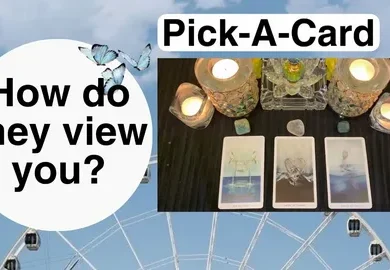Understanding the HSL Color Model: A Comprehensive Guide to Color Manipulation

In the realm of digital design and image processing, color is more than just a visual element—it’s a crucial tool that influences perception, emotion, and functionality. While traditional models like RGB (Red, Green, Blue) and CMYK (Cyan, Magenta, Yellow, Black) have been widely used, the HSL (Hue, Saturation, Lightness) model offers a more nuanced approach to defining and adjusting colors. This model is pivotal for designers, developers, and artists aiming for precision in color representation.
What is the HSL Color Model?
The HSL color model is a cylindrical-coordinate representation of colors, which allows for more intuitive manipulation of color properties. It breaks down color into three fundamental components:
- Hue (H): This defines the base color and is measured in degrees on a color wheel, ranging from 0° to 360°. Key hues are identified at specific points: 0° for red, 120° for green, and 240° for blue. The hue determines the color’s position on the spectrum, directly influencing its identity and visual impact.
- Saturation (S): Representing the intensity or purity of the hue, saturation ranges from 0% (a shade of gray) to 100% (a vivid color). Higher saturation means a richer, more intense color, while lower saturation produces a more muted tone.
- Lightness (L): This component measures the brightness of the color, with 0% representing black, 100% representing white, and 50% representing the purest form of the hue.
How HSL Simplifies Color Manipulation
The HSL model simplifies color selection and adjustment by separating the three components, allowing for more targeted modifications:
- Ease of Use: HSL’s intuitive nature makes it easier for designers to pick and fine-tune colors. Unlike RGB, where altering one component can unpredictably affect the entire color, HSL allows for independent adjustment of hue, saturation, and lightness, leading to more predictable outcomes.
- Natural Adjustments: In HSL, it’s possible to adjust saturation or lightness without impacting the hue, which is crucial for tasks like color correction where maintaining color integrity is key.
- Enhanced Readability: The ability to adjust lightness independently is particularly useful in enhancing contrast and ensuring readability, making it a preferred choice for web and graphic design.
Practical Applications of HSL
The HSL model is extensively used across various domains due to its flexibility and ease of use:
- Graphic Design: In branding and logo creation, where consistent color use is critical, HSL helps designers achieve harmony in their color schemes. It is also beneficial in digital artwork, where artists can create more natural and visually appealing gradients.
- Web Development: HSL is commonly used in CSS for managing colors in web design. It ensures that colors render consistently across different devices, enhancing user experience.
- Image Processing: Photographers and digital artists rely on HSL for precise color correction. By adjusting the hue, saturation, and lightness, they can fine-tune images to achieve the desired look, whether it’s enhancing vibrancy or creating a specific mood.
The Science Behind HSL’s Versatility
The HSL model supports 360 distinct hues, each corresponding to a degree on the color wheel. This extensive range allows for seamless transitions between colors, making it ideal for creating gradients and complex color schemes. For example, a hue of 90° (HSL(90, 100%, 50%)) represents a vibrant green, essential in creating natural and fresh visual compositions.
The ability to interpolate between these hues makes HSL particularly useful in dynamic applications, such as data visualization and UI/UX design, where smooth color transitions are necessary for conveying information effectively.
Why HSL Matters in Modern Design
The continued relevance of the HSL color model in digital media is a testament to its versatility. As digital content becomes increasingly complex, the need for precise color control grows. HSL offers a solution by providing a clear, manageable way to manipulate color properties, ensuring that the final output is both visually compelling and functionally effective.
Moreover, as accessibility standards evolve, HSL’s role in enhancing contrast and readability becomes even more critical, making it an essential tool for creating inclusive designs.
Conclusion
Rgb Hex mentions that the HSL color model is more than just an alternative to RGB or CMYK; it’s a powerful tool that empowers creators to achieve exacting color precision in their work. Whether you’re designing a website, crafting a brand identity, or editing photographs, understanding and utilizing HSL can lead to more impactful and harmonious results. As the digital landscape continues to evolve, mastering HSL will remain a valuable skill for anyone involved in visual design.




